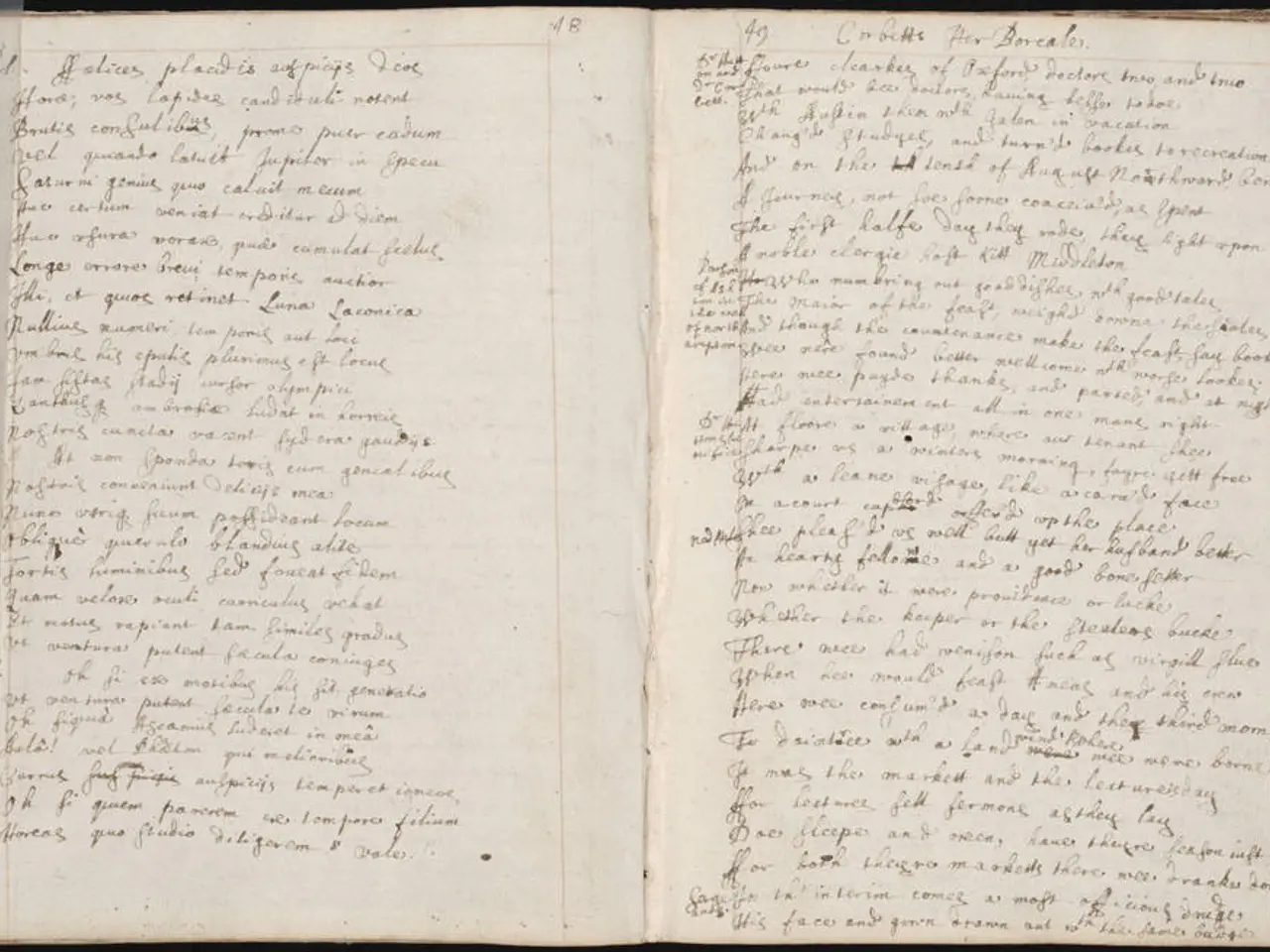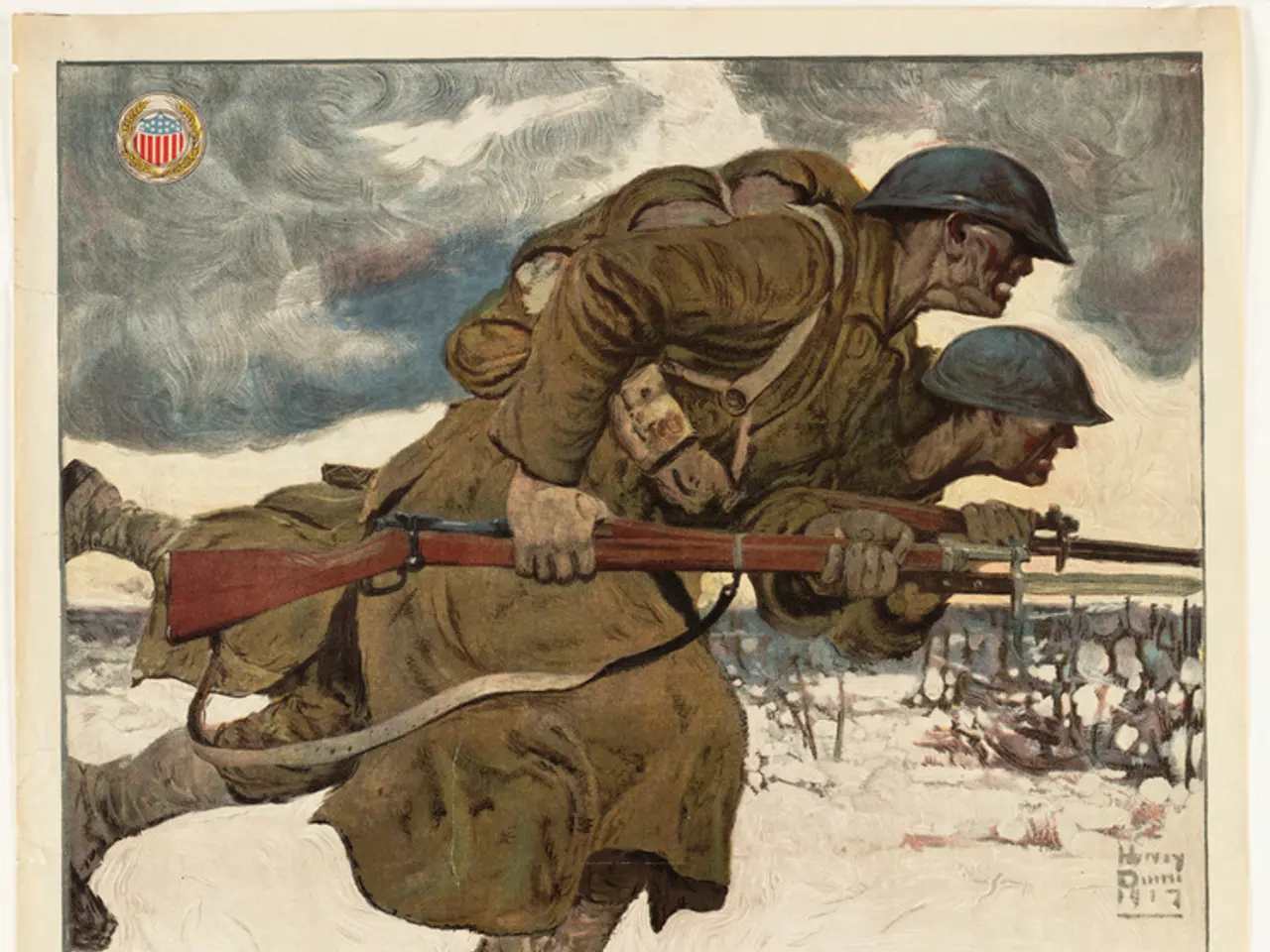Understanding the Epilogue: A Guide for Composition
In the realm of storytelling, epilogues serve as a final act that brings a narrative to a satisfying conclusion. These supplementary chapters, often found in literature, memoirs, and even films, provide a winding down of the story after the primary conflict has been resolved.
Originating from Shakespeare's day as a short poem or speech, modern epilogues have evolved into concluding scenes that wrap up the story. Unlike prologues, epilogues are not a prerequisite for a well-structured narrative.
When crafting an epilogue, authors should consider several factors. For instance, if there are loose ends to tie up, epilogues can be particularly useful. They are common in various genres, and if there is more to be said after the final chapter, an epilogue can provide the perfect platform. Moreover, if a sequel is planned, an epilogue can serve as a set-up for the next instalment.
A well-written epilogue shares key characteristics that enhance the narrative's emotional and thematic impact. They typically occur after the main narrative and climax, often set after the falling action, serving as a cathartic release for the reader. After the high-stakes tension of the story's climax, an epilogue allows readers to relax and offers a glimpse into what happens to the characters and the fictional world after the main events have concluded.
Epilogues often wrap up loose ends or reflect on the characters' futures, though they don't necessarily resolve every detail or provide full clarity. They may suggest the ongoing existence of the world or hint at future developments without a definitive closure. Usually, epilogues are shorter than the main chapters, but this isn't a hard-and-fast rule.
Another distinctive feature of epilogues is that they can be written from a different point of view or with a different tone, providing an additional perspective or a reflective mood distinct from the main narrative. This difference in perspective can enrich the reader's understanding of the story and its characters.
It is essential to note that epilogues are different from afterwords, which are reflections on the work or its creation. An epilogue is part of the narrative story itself, while an afterword is a separate entity.
Examples of well-crafted epilogues can be found in various popular books such as "Moby Dick" by Herman Melville, "Harry Potter and the Deathly Hallows" by J.K. Rowling, and "Animal Farm" by George Orwell. These epilogues provide closure, tie up loose ends, or set up a sequel, enhancing the reader's experience and leaving them with a sense of closure or thoughtful continuation.
In contemporary literature, "Leviathan Wakes" (Book 1 of The Expanse) by James S.A. Corey features an epilogue written from Fred Johnson's point of view, setting up the next book in the series by reflecting on the continued political struggle between Earth, Mars, and the Belt. Similarly, "The Forever War" by Joe Haldeman uses an epilogue to provide a glimpse into the future life of the main character, William Mandela.
In conclusion, epilogues are a valuable literary device that can serve various purposes, such as providing closure, tying up loose ends, or setting up a sequel. They are considered within the bounds of "normal" practices for any writer and can significantly enrich a narrative, leaving readers with a satisfying conclusion or thoughtful continuation.
Books can serve as a source of entertainment, and epilogues, a concluding part often found in literature, can add to this entertainment. For example, "The Forever War" by Joe Haldeman uses an epilogue to offer a glimpse into the future life of the main character, William Mandela, adding an extra layer of entertainment to the narrative.








